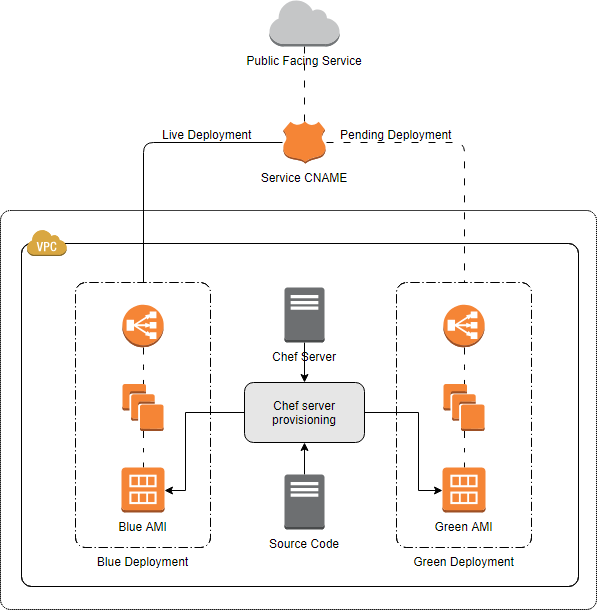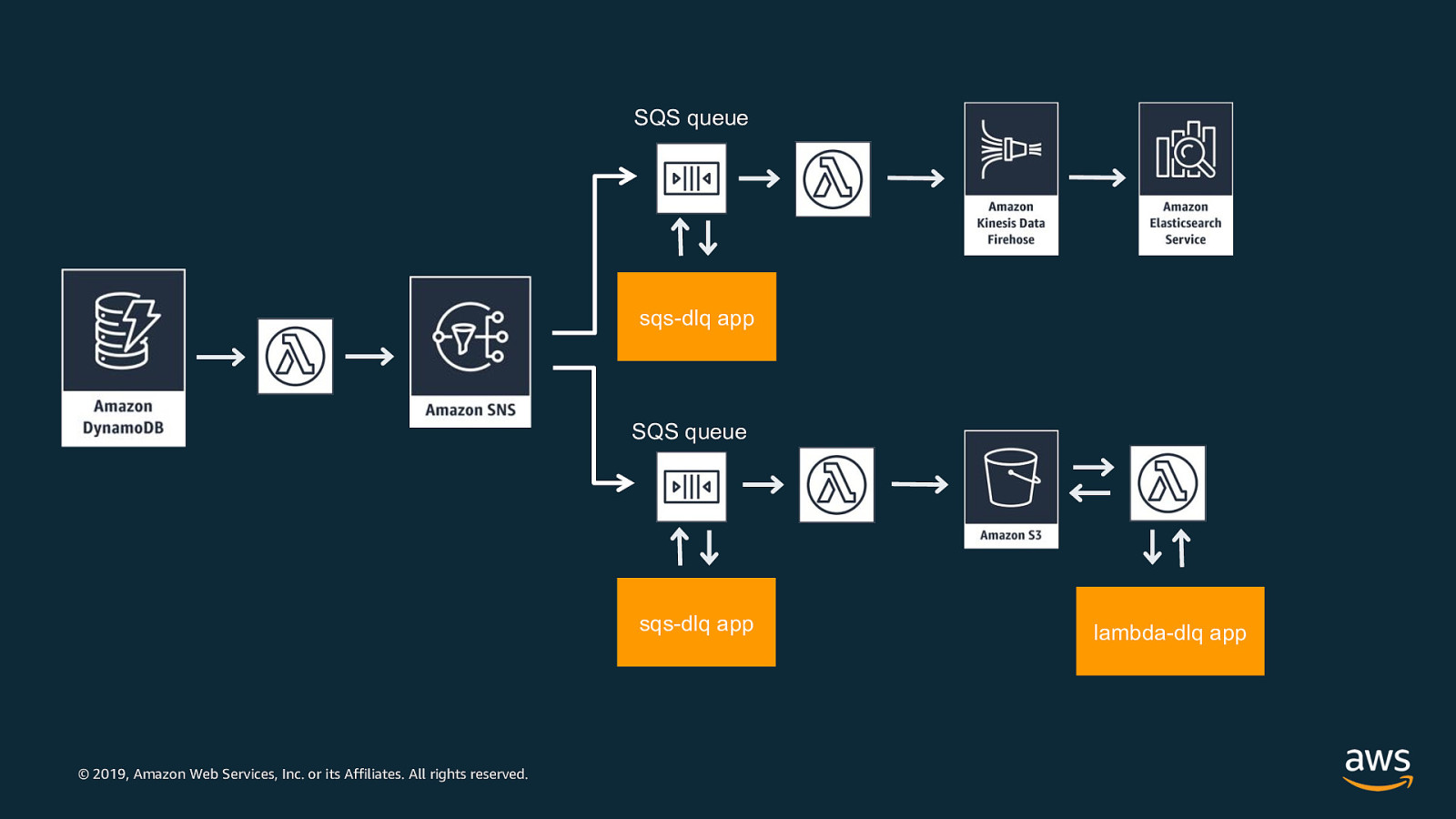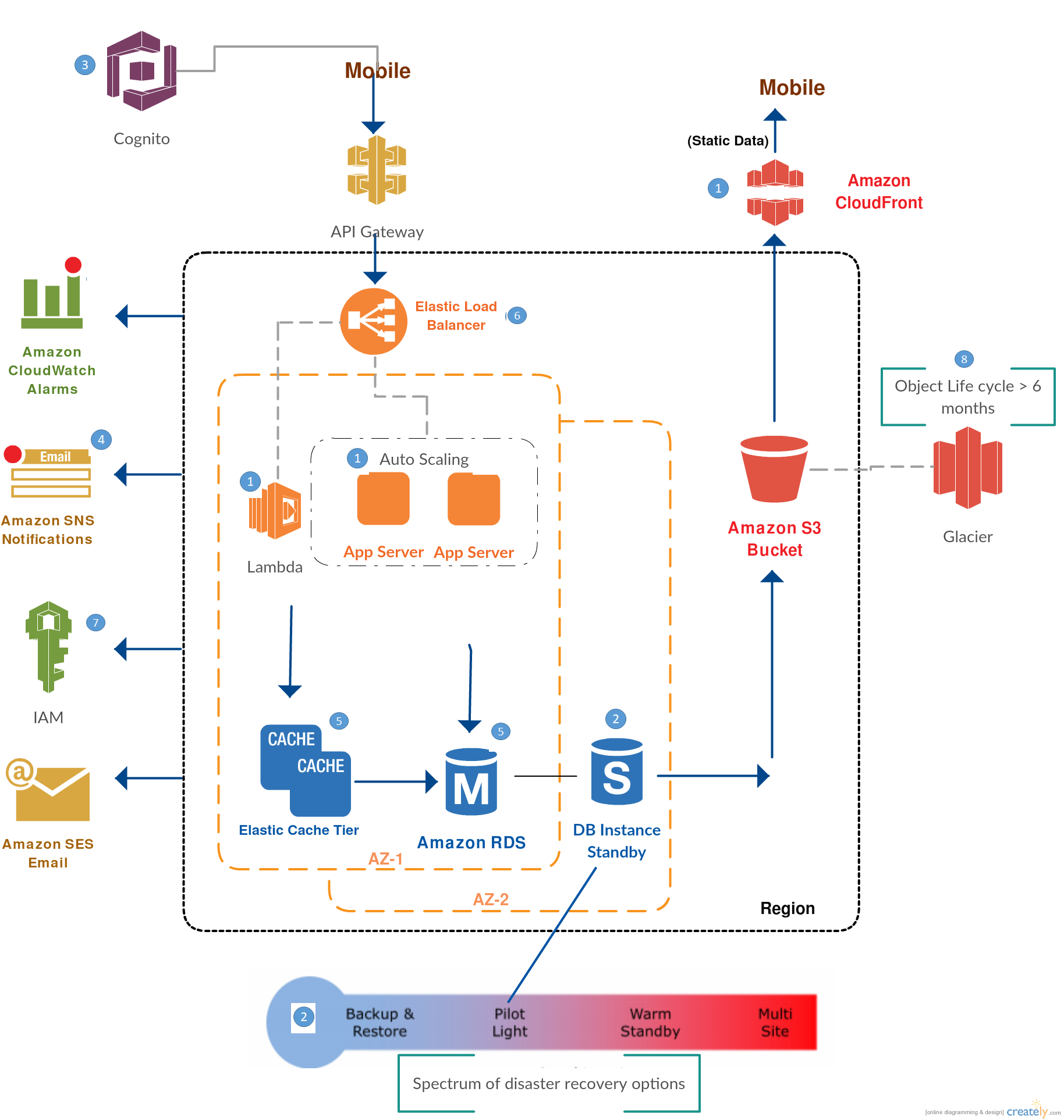
You can optionally review a sample of the available messages in the DLQ. Once the consumer application is available to consume the failed messages, you can now redrive the messages from the DLQ back to the source queue. DLQ redrive to source queuesĭLQ redrive to source queues enables SQS to manage the second part of the lifecycle of unconsumed messages that are stored in DLQs.

Previously, this required dedicated operational cycles to review and redrive these messages back to their source queue. Once the issue has been resolved and the consumer application recovers, these messages can be redriven from the DLQ back to the source queue to process them successfully. You can analyze the message contents to diagnose consumer application issues. You can then examine logs for exceptions that might have caused them to be delivered to the DLQ. You can configure an alarm to alert you when any messages are delivered to a DLQ. If the consumer of the source queue receives a message 6, without successfully consuming it, SQS moves the message to the dead-letter queue. The original message ID is retained.įor example, a source queue has a redrive policy with maxReceiveCount set to 5. When the ReceiveCount for a message exceeds the maxReceiveCount for a queue, SQS moves the message to the DLQ. When a producer places messages on an SQS queue, the ReceiveCount tracks the number of times a consumer tries to process the message. The redrive policy condition specifies the maxReceiveCount. When you create a source queue, you can specify a DLQ and the condition under which SQS moves messages from the source queue to the DLQ.

Use a DLQ to handle message consumption failures gracefully. DLQs allow you to debug your application by letting you isolate messages that can’t be processed correctly to determine why their processing didn’t succeed. SQS allows you to manage the life cycle of the unconsumed messages using dead-letter queues (DLQs).Ī DLQ is a separate SQS queue that one or many source queues can send messages that can’t be processed or consumed. Understanding SQS dead-letter queues (DLQs) This can result in unconsumed messages remaining in the queue.

These can include logic errors in consumers that cause message processing to fail, network connectivity issues, or downstream service failures. Sometimes, messages can’t be processed due to a number of possible issues. To use SQS, a producer sends messages to an SQS queue, and a consumer pulls the messages from the queue.
Aws dlq software#
Using Amazon SQS, you can send, store, and receive messages between software components at any volume without losing messages or requiring other services to be available. SQS is a fully managed message queuing service that enables you to decouple and scale microservices, distributed systems, and serverless applications. DLQ redrive to source queues allows SQS to manage the lifecycle of unconsumed messages stored in DLQs. Today AWS is launching a new capability to enhance the dead-letter queue (DLQ) management experience for Amazon Simple Queue Service (SQS). This blog post is written by Mark Richman, a Senior Solutions Architect for SMB.


 0 kommentar(er)
0 kommentar(er)
